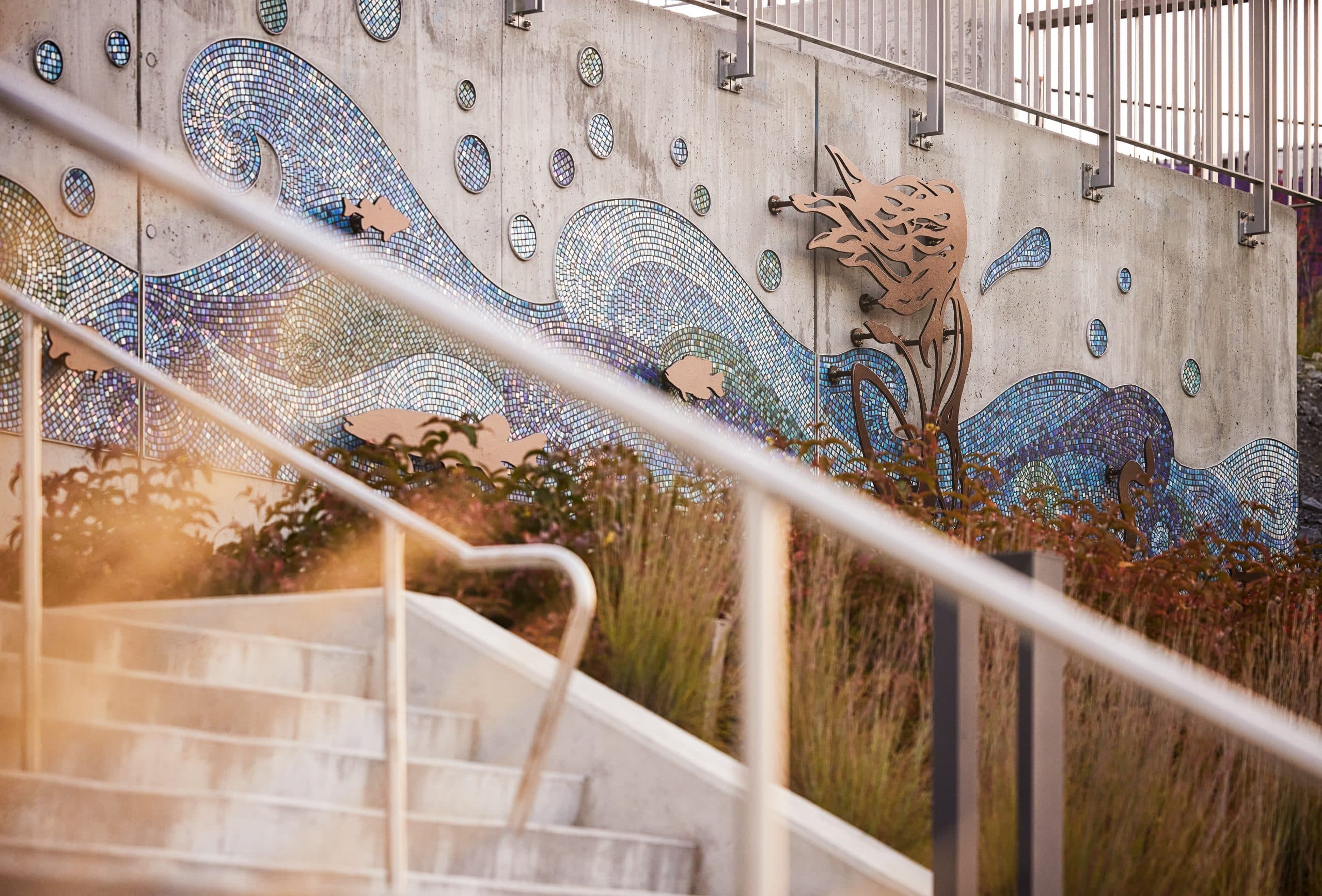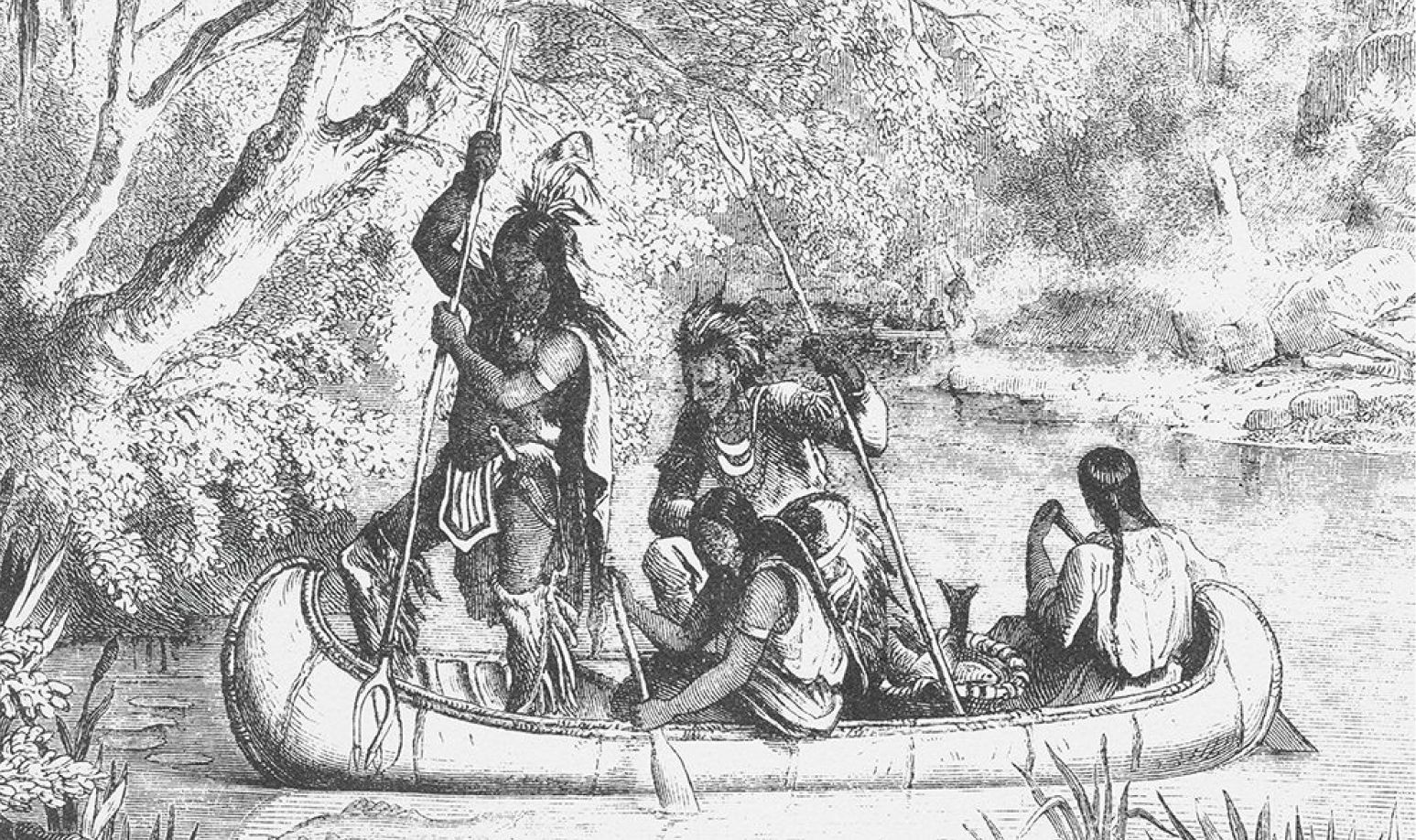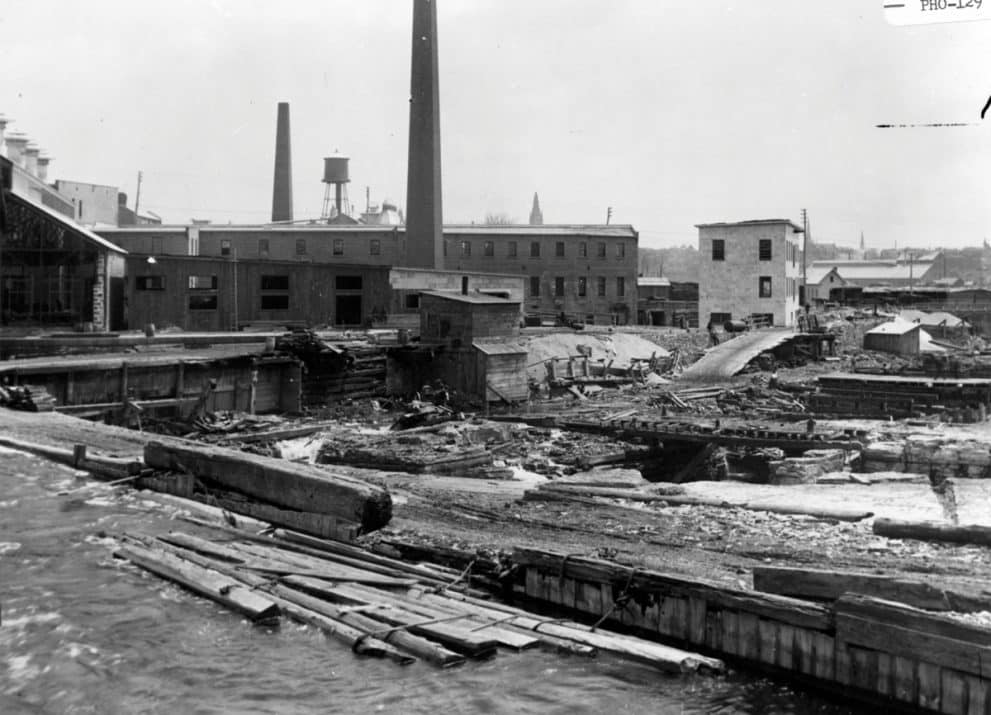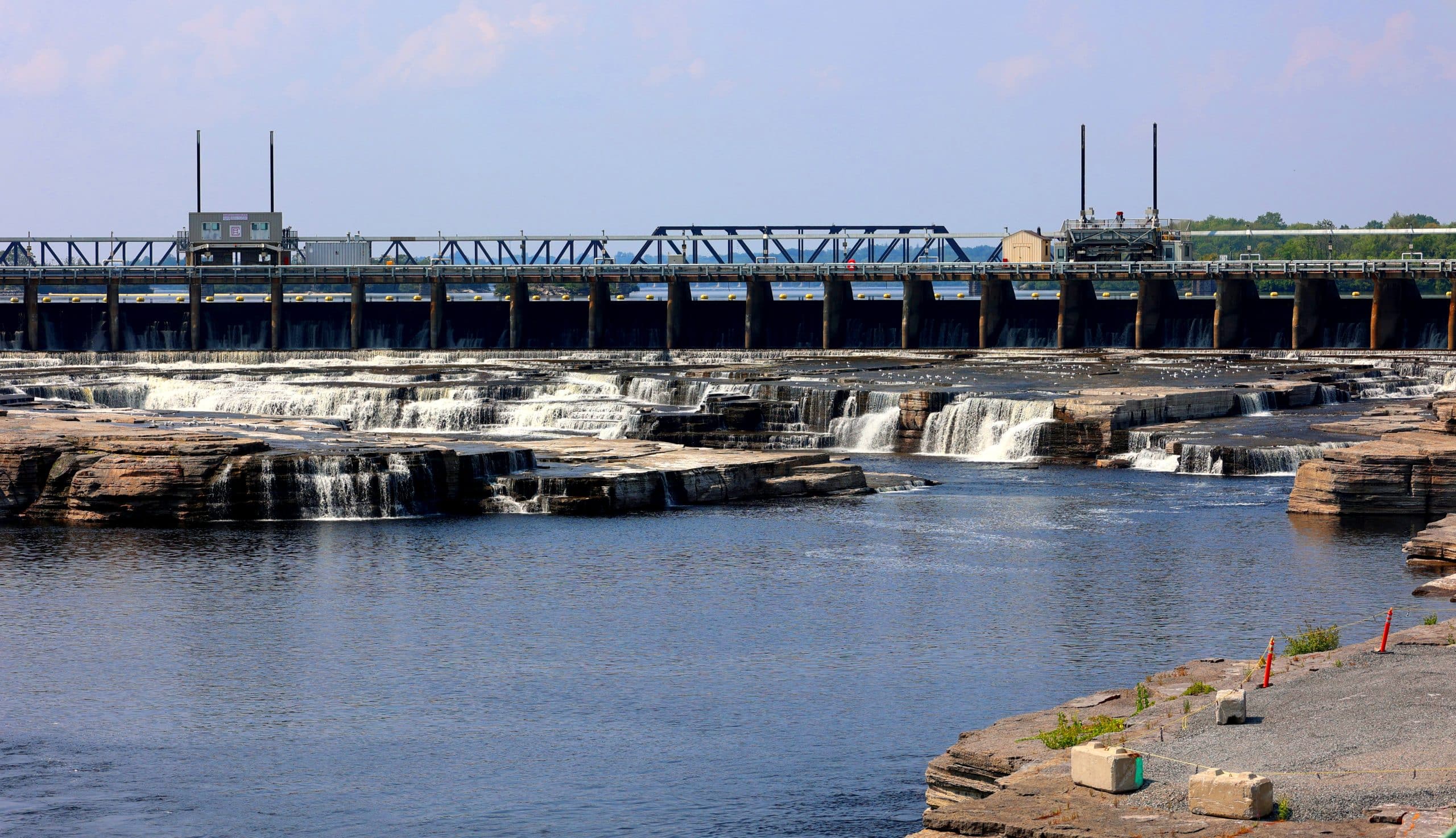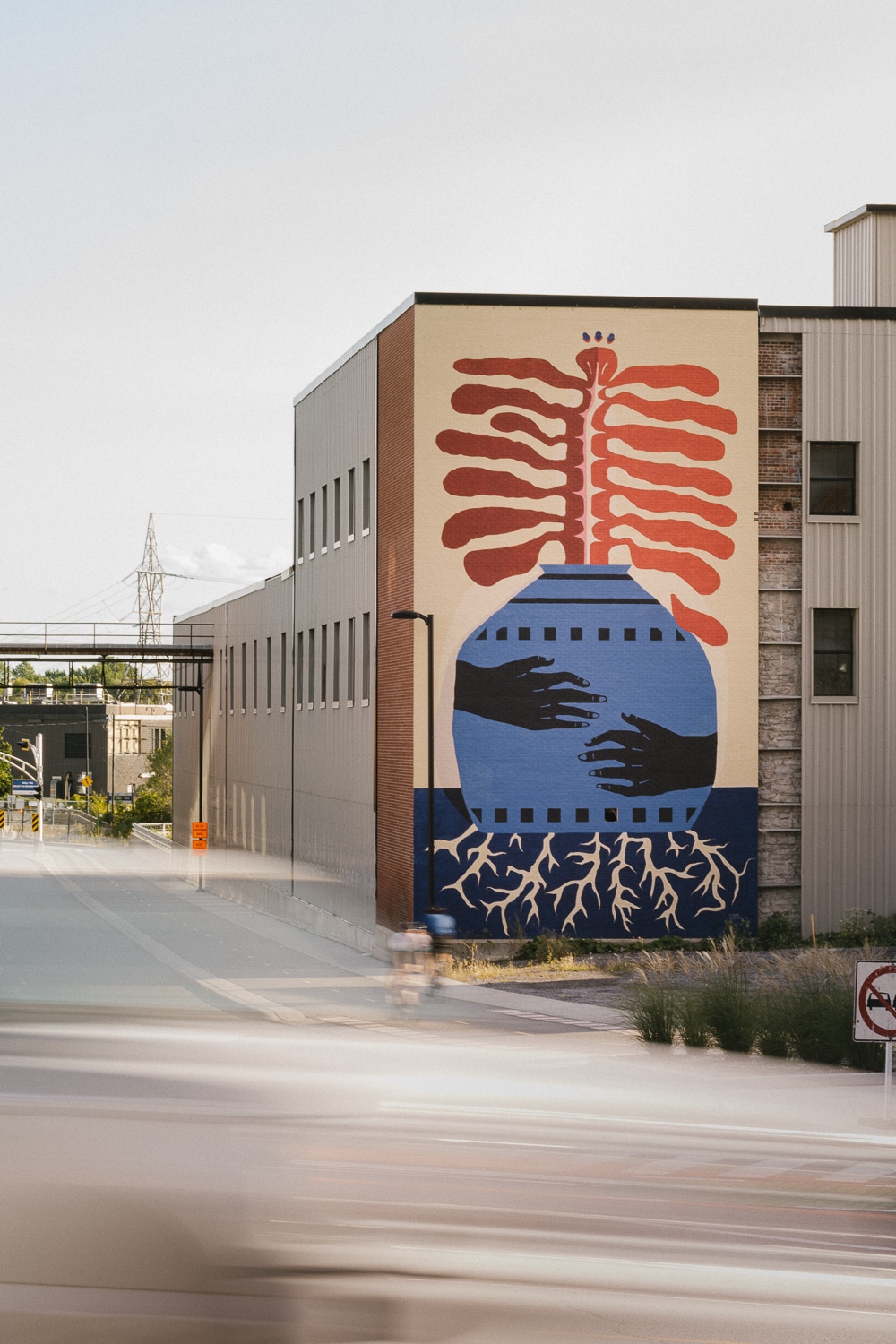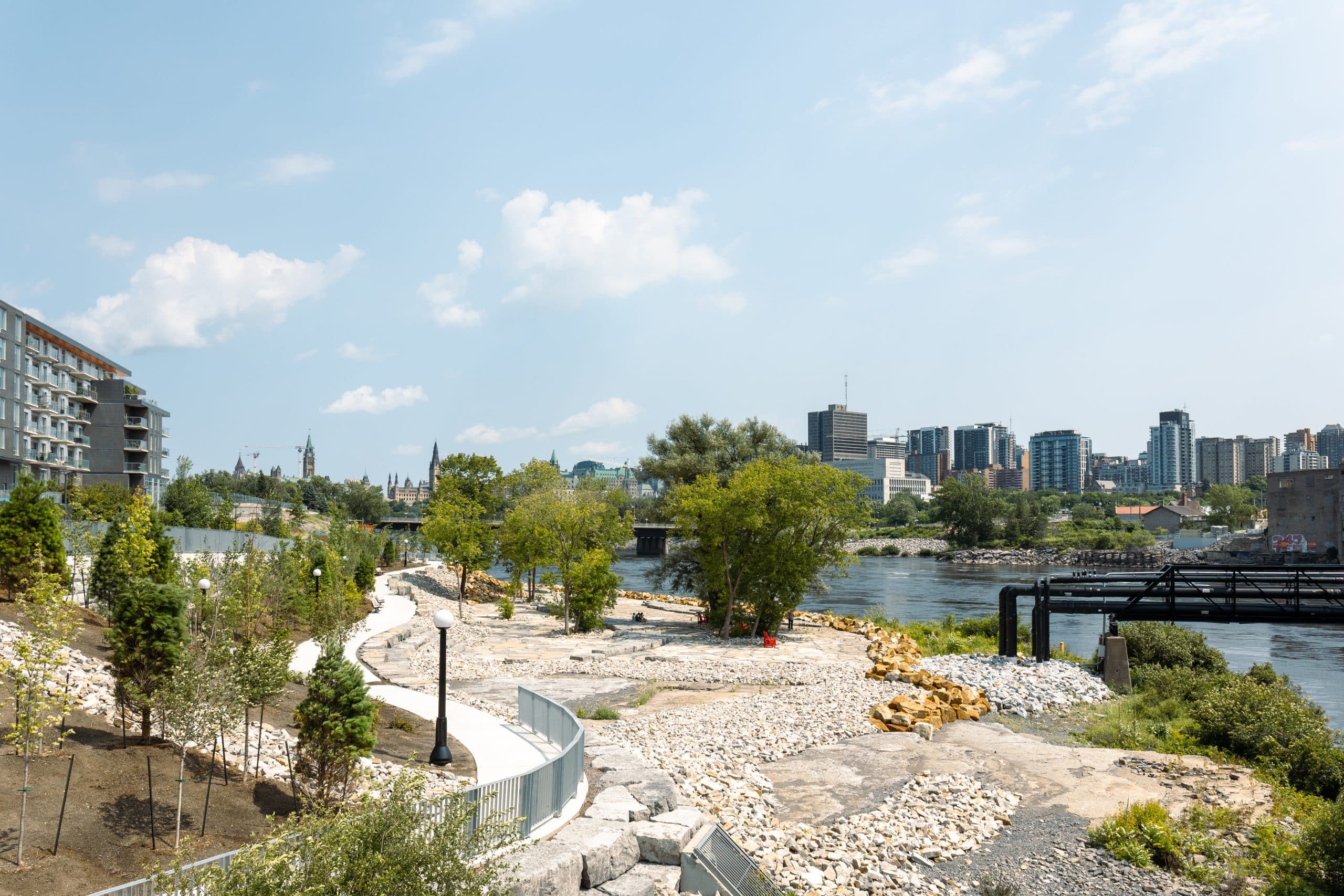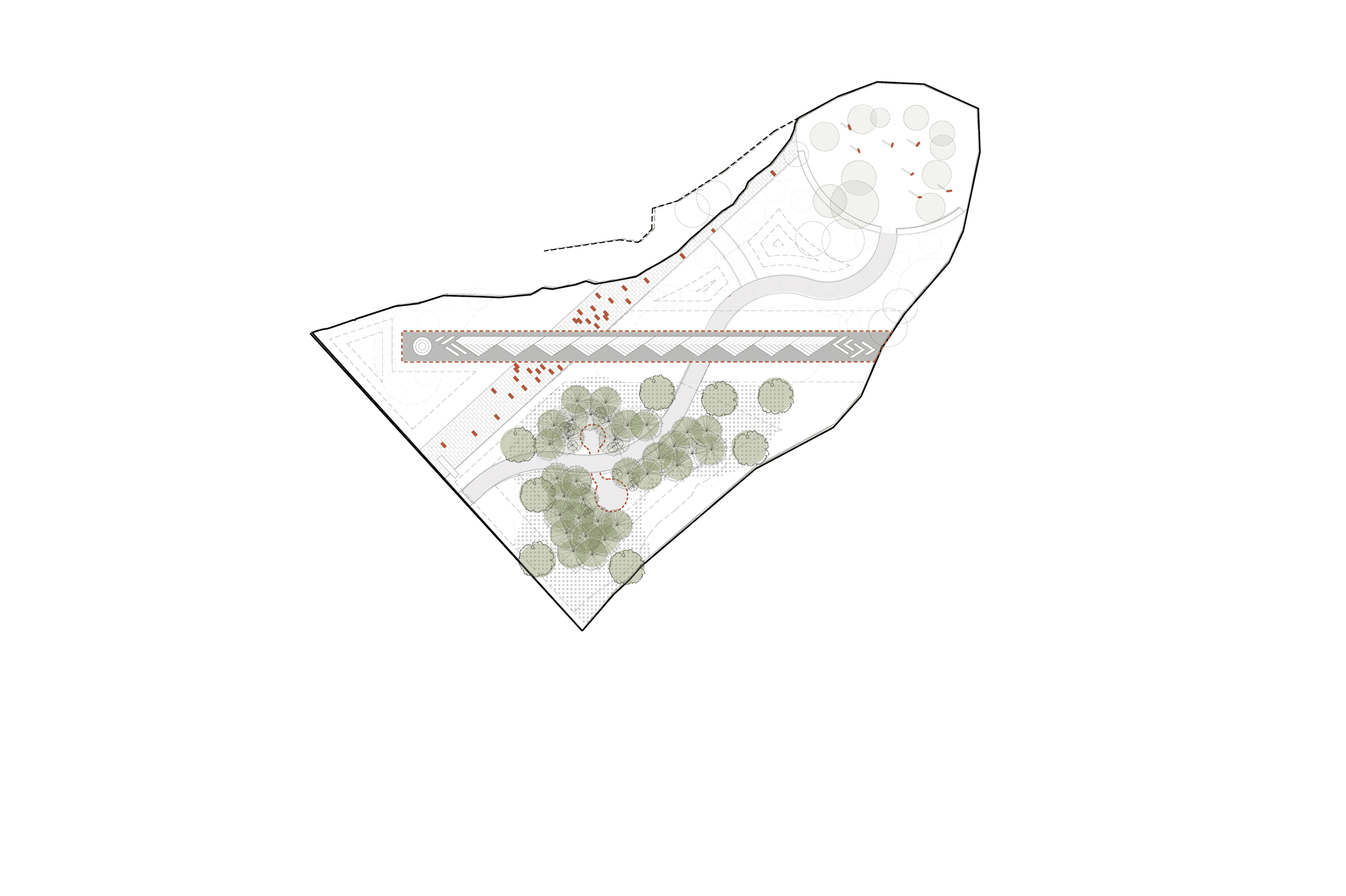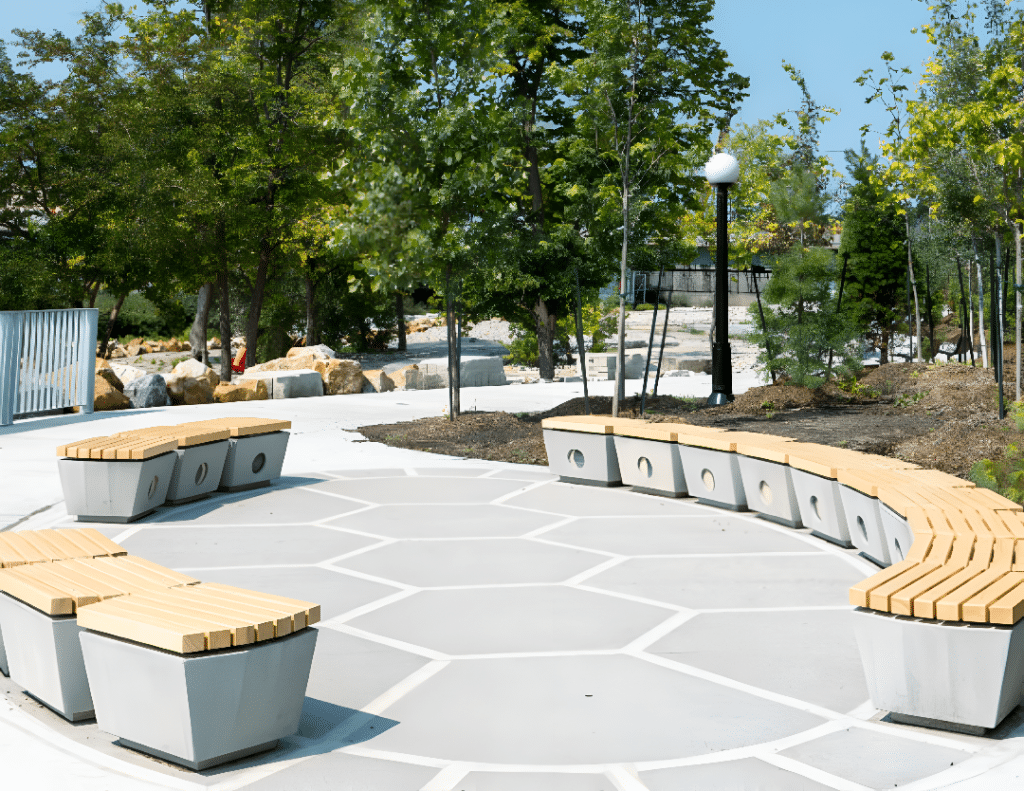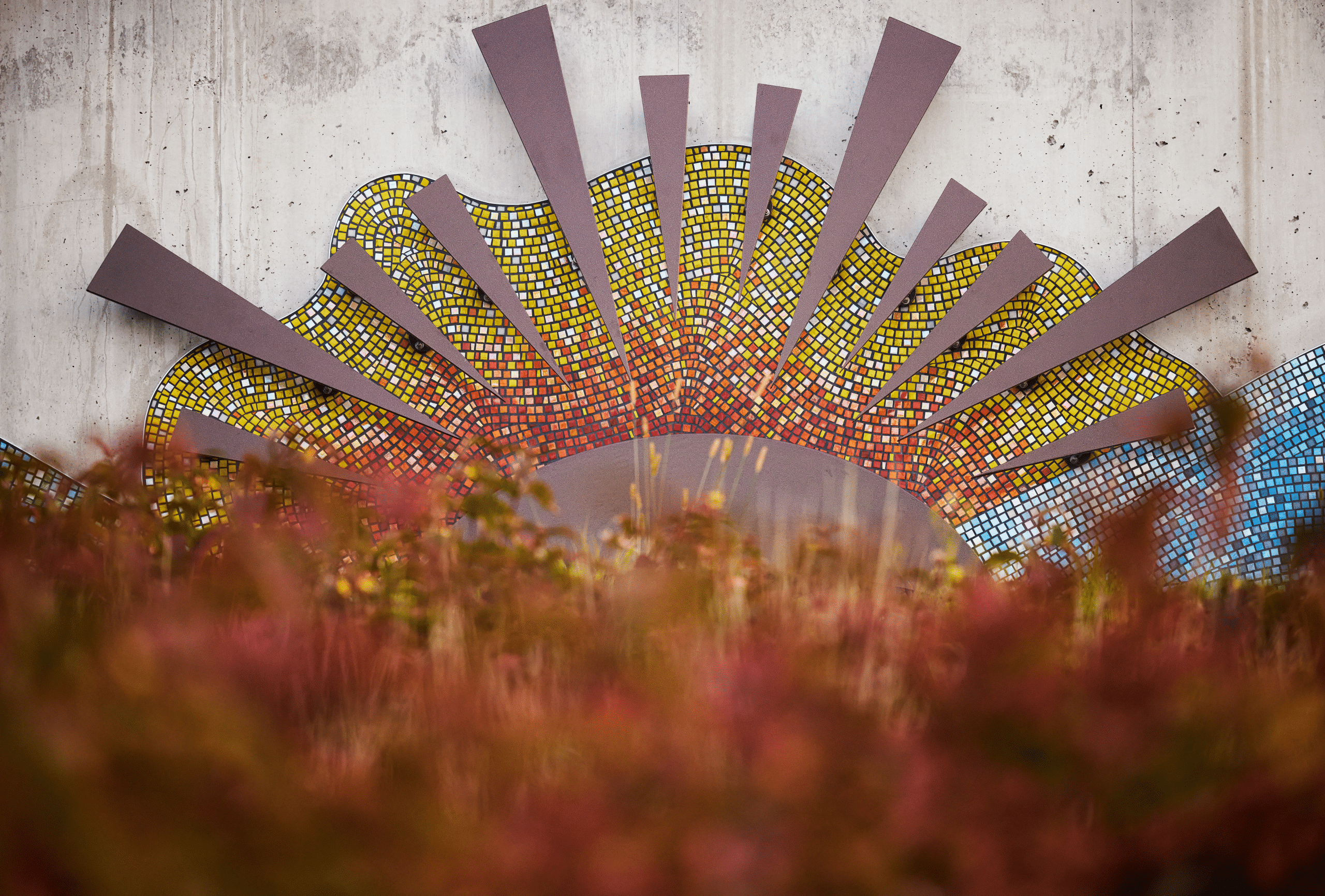
Artwork by Naomi Blondin, Algonquin and French-Canadian artist and member of Kitigan Zibi First Nation
Creating A New Model of Collaboration
From the project’s inception, Indigenous partners have been strong advocates for their culture and provided guidance and shared wisdom. By committing to ongoing active engagement and consultation with Indigenous communities from the start and including Algonquin heritage aspects within multiple areas of the project, Zibi is becoming what it always intended: a place where Indigenous Peoples feel represented and welcome, and where three nations – Quebec, Ontario and the Algonquin-Anishinaabe Peoples – are joined and celebrated.
INDIGENOUS HISTORY
The Zibi community is located on the shores of the kichi-sìbì, or present-day Ottawa River, which holds great historical significance as it provided means of transportation, trading, hunting, and gathering for both Indigenous Peoples and early settlers of Canada.
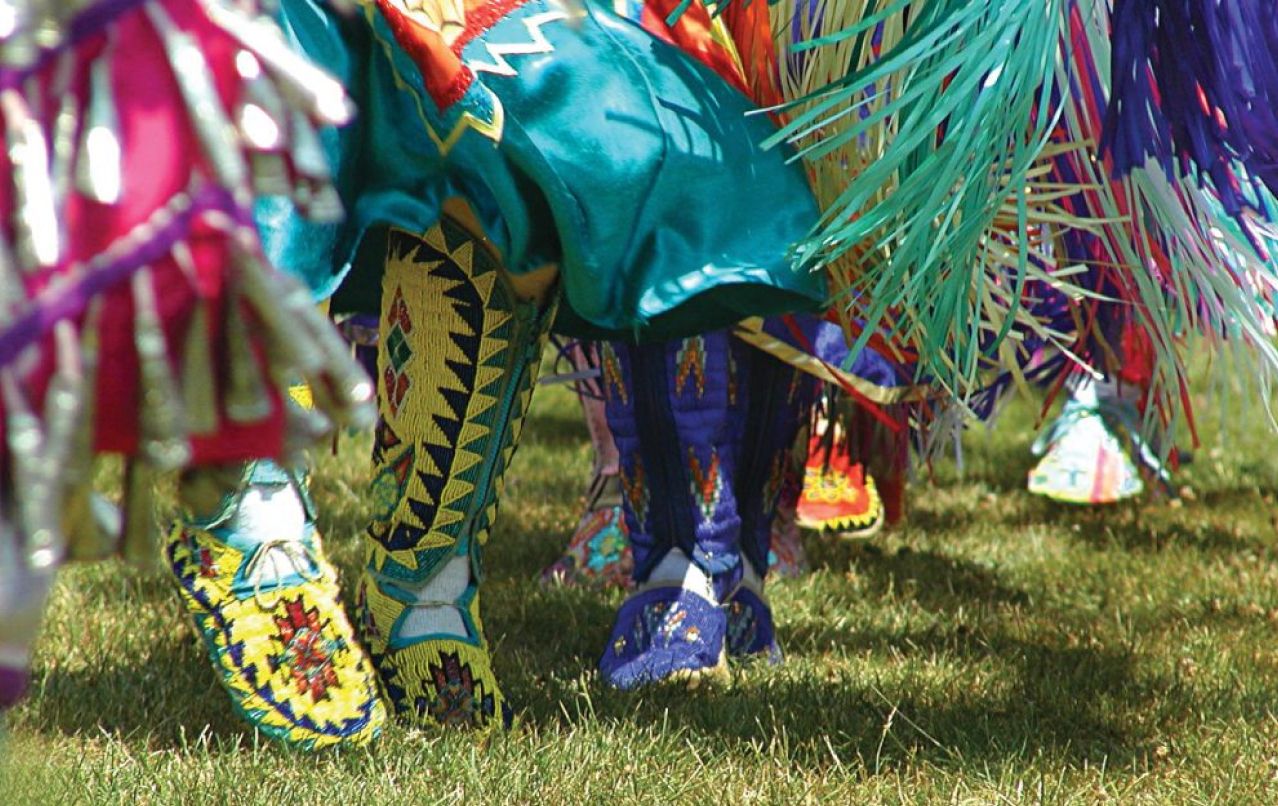
Algonquin Heritage
The Algonquin-Anishinàbe are the Indigenous First Nation People of what is known today as the Ottawa/Gatineau region. The Algonquin Peoples have occupied and acted as stewards of the land, Turtle Island, or North America, since time immemorial. The Algonquin-Anishinàbe Peoples have long called the Ottawa-Gatineau region home. Their presence will be felt through street and park names, wayfinding, landscaping, and public art. The Chaudière Falls (Akikodjiwan Falls in Algonquin) and the Ottawa River (kichi-sìbì) are just a few of the important waterways that were sources of life and prosperity for the Anishinàbe Peoples.

